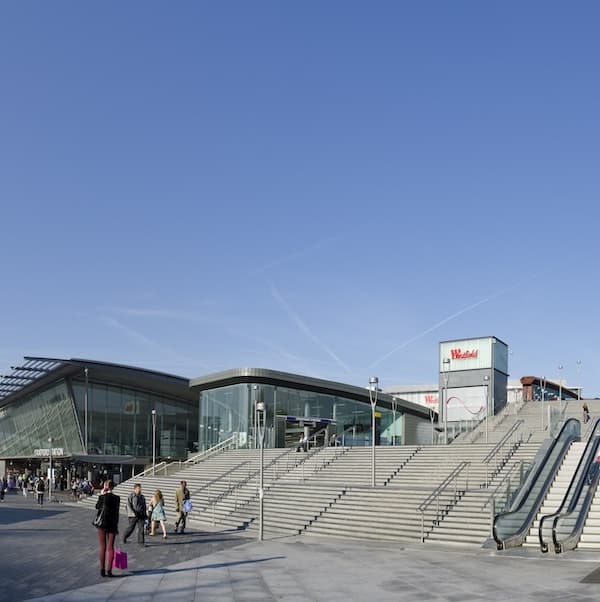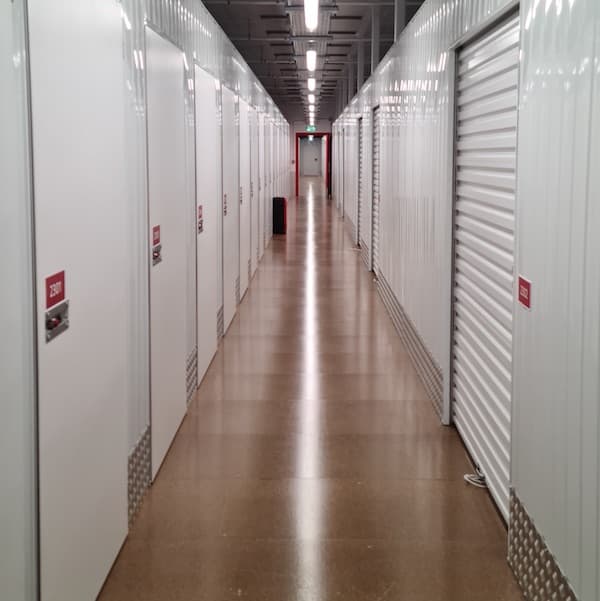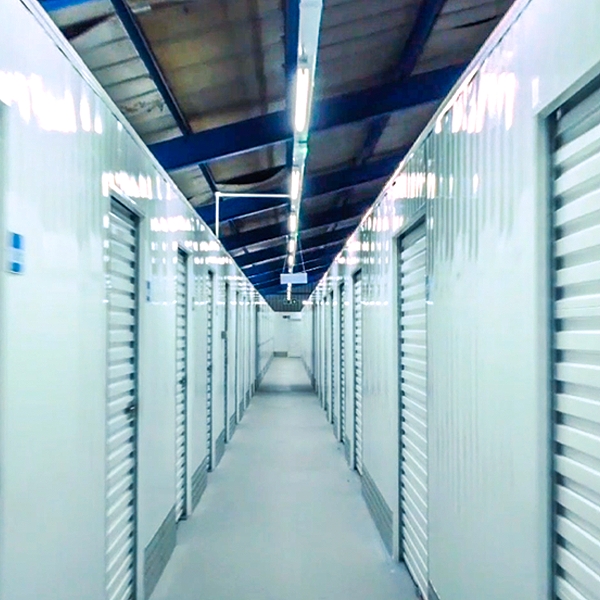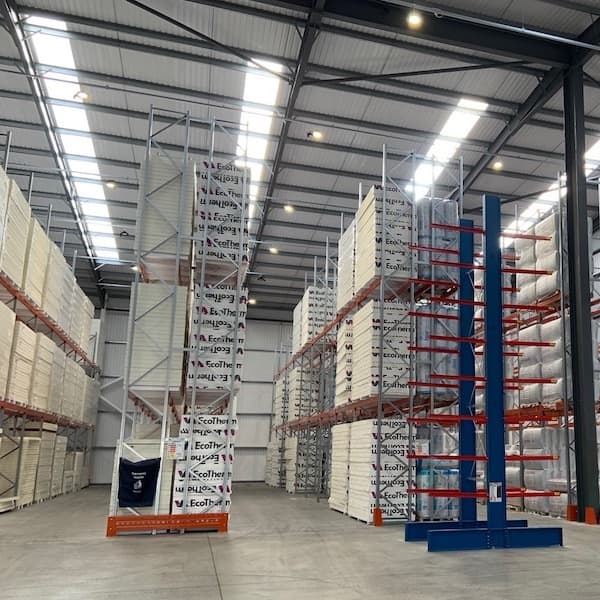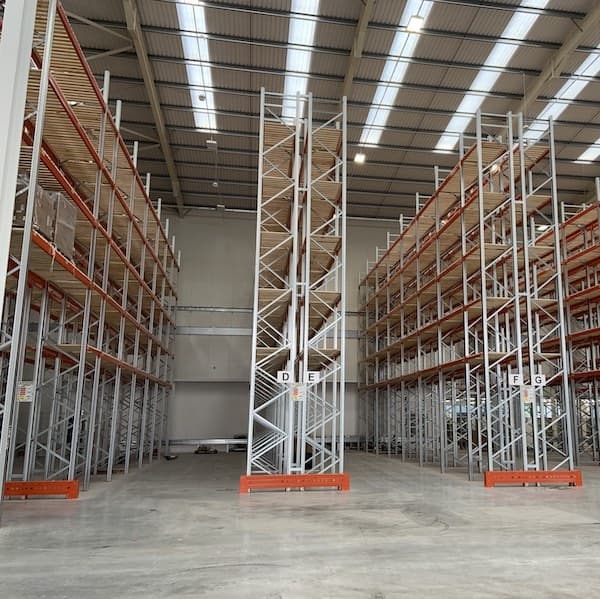- Mezzanine Floors
- Solutions
- Multi-Tier Mezzanines
- Mezzanine Pallet Safety Gates
- Mezzanine Staircases
- Mezzanine Handrails and Balustrades
- Mezzanine Decking
- Fire Protection for Mezzanine Floors
- Mezzanine Lift Shaft Design and Installation
- Resources
- Mezzanine Floor Calculator
- Mezzanine Floor Regulations and Building Control
- Self-Storage Mezzanine Floors
- Self-Storage Units
- Resources
- Self-Storage Site Selection Information
- Calculating The ROI of Self-Storage Conversions
- Planning for Automation in Self Storage
- Racking & Shelving
- Services
- Racking Design
- Racking Manufacture
- Racking Installation
- Racking Inspections
- Retail Racking And Shelving Systems
- Solutions
- Cantilever Racking
- Pallet Racking
- Coil Racking
- Longspan Shelving
- Tyre Racking
- Kimer Racking
- Live Storage Racking
- Drive In & Drive Through Racking
- Clip Shelving
- Mobile Shelving
- Custom Fabrications
- About Us
- USS Case Studies
- Self-Storage Fit-out For Raked Ceiling Building
- Mezzanine And Staircases For Entertainment Venue
- New Mezzanine And Staircases For Major Retailer
- Mezzanine Pallet Safety Gate
- Self-Storage Fit-Out Project For Brand New Facility
- Warehouse Racking, Wire Mesh & Shelving for New Warehouse
- Self-Storage Partition System & Components Installation
- Self-Storage Store Mezzanine And Staircases
- Multi-Tier Mezzanine For Logistics & Distribution Facility
- Warehouse Plant Platform
- Self-Storage Facility Space Expansion
- Mezzanine Floor For Distribution Warehouse
- Bespoke Feature Staircase & Mezzanine
- Single Level, Multi-Use Mezzanine
- Mezzanine For A New Building
- Mezzanine Floor For Plumbing Supplies Warehouse
- New Racking System and Mezzanine Floor
- Car Park Conversion To Self Storage Facility
- Pallet Racking and Cantilever Racking For Warehouse
- Two Mezzanine Floors For Self-Storage Facility In Birmingham
- Our Accreditations
- Contact Us
- USS Case Studies
The Latest Blogs From USS
Automation is Changing the Retail Industry - Here’s How
read
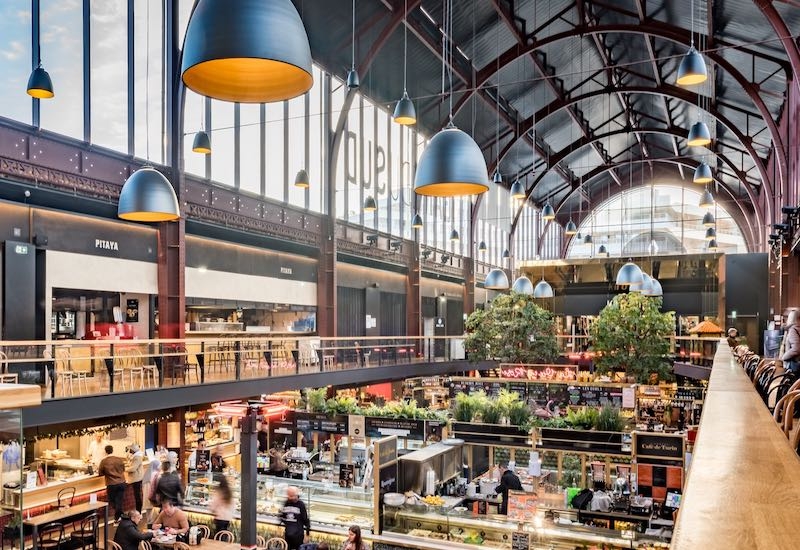
The retail sector is one of the sectors within the UK where the increasing use of automation has been most visible. Much of this visibility, of course, has been driven by replacing checkouts operated by staff members with automated self-service checkouts.
This process arguably began with unveiling the automated teller machine in 1967, followed by the introduction of the ‘operator-unattended checkout system’ in an Atlanta supermarket in 1986. By 2021, the global value of the market for self-checkout systems was worth just over four billion dollars, according to Statista, and by 2030, it is predicted to have grown to $ 13.54 billion. Other statistics demonstrate that the self-service checkout revolution is far from running its course, with predictions that 46% of cashiers’ jobs will be replaced by technology by 2030, despite the visibility of the self-service checkout and the fact that it regularly crops up in stories which either proclaim how popular self-service checkouts are or, conversely, how they lead to lower levels of customer satisfaction, it is only the tip of the iceberg when it comes to considering the use of automation across the retail sector. In this article, we’ll look at the increasing use of automation in almost all parts of the retail process, from retail stores – bricks and mortar and online - to the warehouses which hold stock and the systems used to control inventory and deliveries.
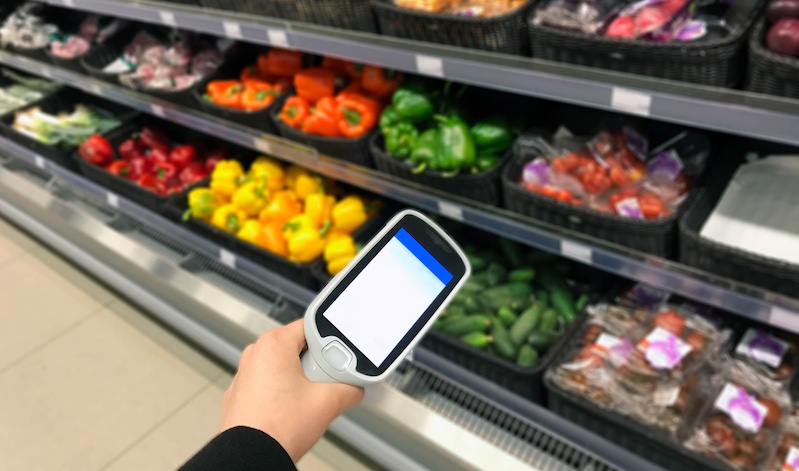
Nothing Works in a Vacuum
One concrete case study of the advanced use of AI software to manage stock levels within a retail outlet – or indeed several retail outlets – is provided by the US-based retail chain Niemann Foods, which has recently started using replenishment and inventory software in 43 stores across Illinois, Missouri and Indiana. The software gathers and analyses store data in real-time and uses the information to predict consumer behaviour and purchase trends, combining current demand with seasonal trends to maintain optimal stock levels across all stores. The key difference between existing stock control software systems and those which AI powers is that the automated systems, rather than simply monitoring and regulating metrics such as stock levels, sales and deliveries, will utilise machine learning to draw conclusions and make predictions. The other significant advantage of automated stock control and inventory systems is that they can easily be scaled up or down to reflect changes in the market or a particular business model. Careful planning can result in a business-wide system combining in-store inventory with a personalised e-commerce offering and the physical processes involved in order fulfilment, shipping, and stock control.
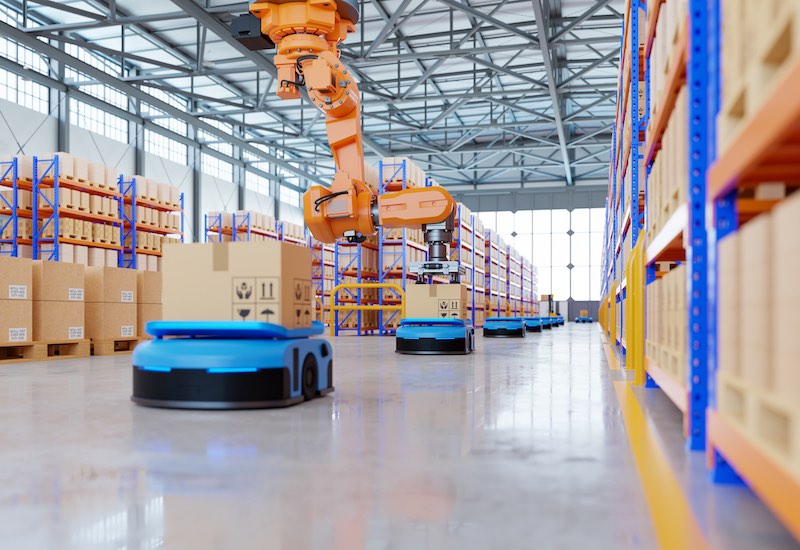
On the sales floor itself, automation can be used to gather and analyse consumer data at speed and scale, making it possible to streamline workflows based on what items need to be where and when they need to be there. A seamless integration between bricks-and-mortar and online stores, with sales from each registered on the system in real-time, can ensure that the online offering accurately reflects the stock available in the warehouse and that the fulfilment teams know which stock item needs replenishing at any given time. Warehouses can use tracking technology to monitor the movements of either members of staff or automated picking units. They use the data to decide the most efficient placement of stock and the best routes between various parts of the warehouse, with ceiling and shelf mounted monitors utilising technology such as radio-frequency identification (RFID) to ‘read’ tags mounted in the stock and maintain accurate stock levels at all times.
When stock needs shipping from the warehouse, the automated software will not only be working with real-time data on customer demand and stock levels. It will be able to call upon historical shipping data and factors such as the latest weather conditions and issues with road, rail or sea transport to maintain complete and accurate control over when a delivery will reach the intended destination – whether that means a single item landing on a customer’s doorstep or multiple pallets shipped to many different retail locations.
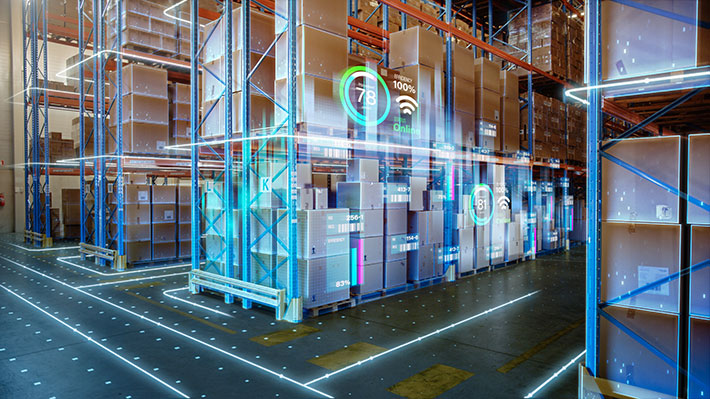
The Robots (and Drones) are Here to Stay
Another example of a company utilising technology for inventory management is Ikea which, earlier this year, announced an expansion of the use of autonomous drones to operate in warehouses during non-operational hours, ensuring that the data held on stock levels is accurate and enabling employees to take an overview of the warehouse. It’s estimated that the barcodes checked automatically by the fleet of 100 drones (based in warehouses in Belgium, Croatia, Slovenia, Germany, Italy, the Netherlands and Switzerland) would take three months to check if done manually. Nor is this the only example of Ikea embracing automation to streamline operations. They have also utilised robots such as the MiR500 AMR, which works independently alongside employees and can shift as much as 500kg of objects, such as pallets or waste material, at any one time, working around the clock, seven days a week. They also use robots in so-called ‘micro-fulfilment centres’, which operate out of much smaller units than traditional warehouses, geographically located to help implement rapid delivery. Within the centres, the robots – controlled by AI, which analyses incoming customer orders – operate by bringing different inventory items to the Ikea workers and putting the orders together. Meanwhile, the Ikea store in Covina, Los Angeles, uses an automated racking system within the warehouse, which means they can hold more stock and deliver customer orders more quickly, with forklift trucks being almost totally eliminated.
In the UK, meanwhile, Marks and Spencer have used autonomous event capture technology to monitor the movement of employees around their warehouse facilities. The reason for deploying AI in this manner was to locate and identify any risk areas within the warehouses and minimise the number of Health and Safety incidents. The deployment of AI in this manner was a response to a post-Covid increase in the demand for online retail, which, in turn, meant they employed more staff within existing warehouse spaces. Once they integrated the system with existing CCTV systems, management identified an eventual 80% reduction in unsafe warehouse events.
Automation Can Make Room for Better Customer Service
One of the fears generally voiced when discussing the topic of automation is that increased use of technology, such as AI, within the sector will automatically lead to lower employment levels. This fear is a genuine risk but cannot be taken as read. In some cases, automation in retail will develop at a pace customers kick back against. This example appears to have been the case where the Amazon Fresh store, which opened in Dalston, London, in 2021 and closed its doors permanently in January 2023, is concerned. The relevance of this closure is that the store used Just Walk Out (JWO) technology, enabling customers to gather their goods and be charged automatically upon leaving the store - without even the minimal friction of a self-checkout process. In March, the company announced that 8 similar stores in places such as Seattle, New York and San Francisco were also due to close, raising the possibility that the JWO technology is either not what customers are looking for right now or is still prohibitively expensive to operate. Another argument against the prophecies of doom, which often accompany any mention of automation, is that automating tasks for which there are apparent technological solutions can free employees to engage in other functions that deliver more value and boost morale. Once again, our friends at Ikea provide a concrete example of this phenomenon. Since the launch of an AI chatbot called Billie to deal with routine customer enquiries in 2021, the technology has made 47% of calls to Ikea call centres. Rather than leading to job losses amongst staff previously tasked with handling the calls, however, this introduction of AI led to 8,500 call centre workers being retrained - as interior design advisers to customers.
Don’t Get Left Behind - And Keep Your Eyes Wide Open
All of the examples above highlight the fact that you can utilise automation effectively across the retail sector and, in particular, to streamline control of stock and inventory. Companies that don’t invest now in automated technology integrating with legacy systems will likely be left behind by the competition. However, you must carefully plan the areas where you apply the technology and how you use it.
This blog is for information purposes only and should not be construed as legal or financial advice and not intended to be substituted as legal or financial advice.
Find Us
S & L United Storage Systems Ltd
United House, The Street
Takeley, Bishop's Stortford
Hertfordshire, CM22 6QR
Company No. 1313816
VAT No. 291616253Say Hello
01279 871 787Copyright © 2025 S & L United Storage Systems Ltd. All rights reserved.
- About Us

